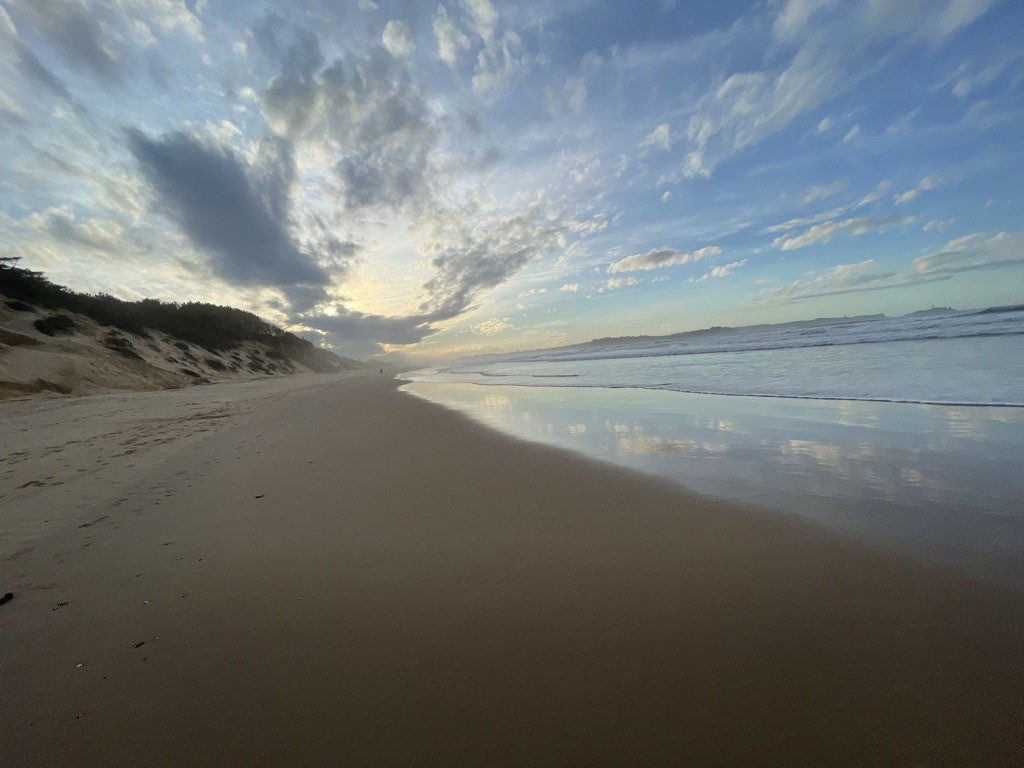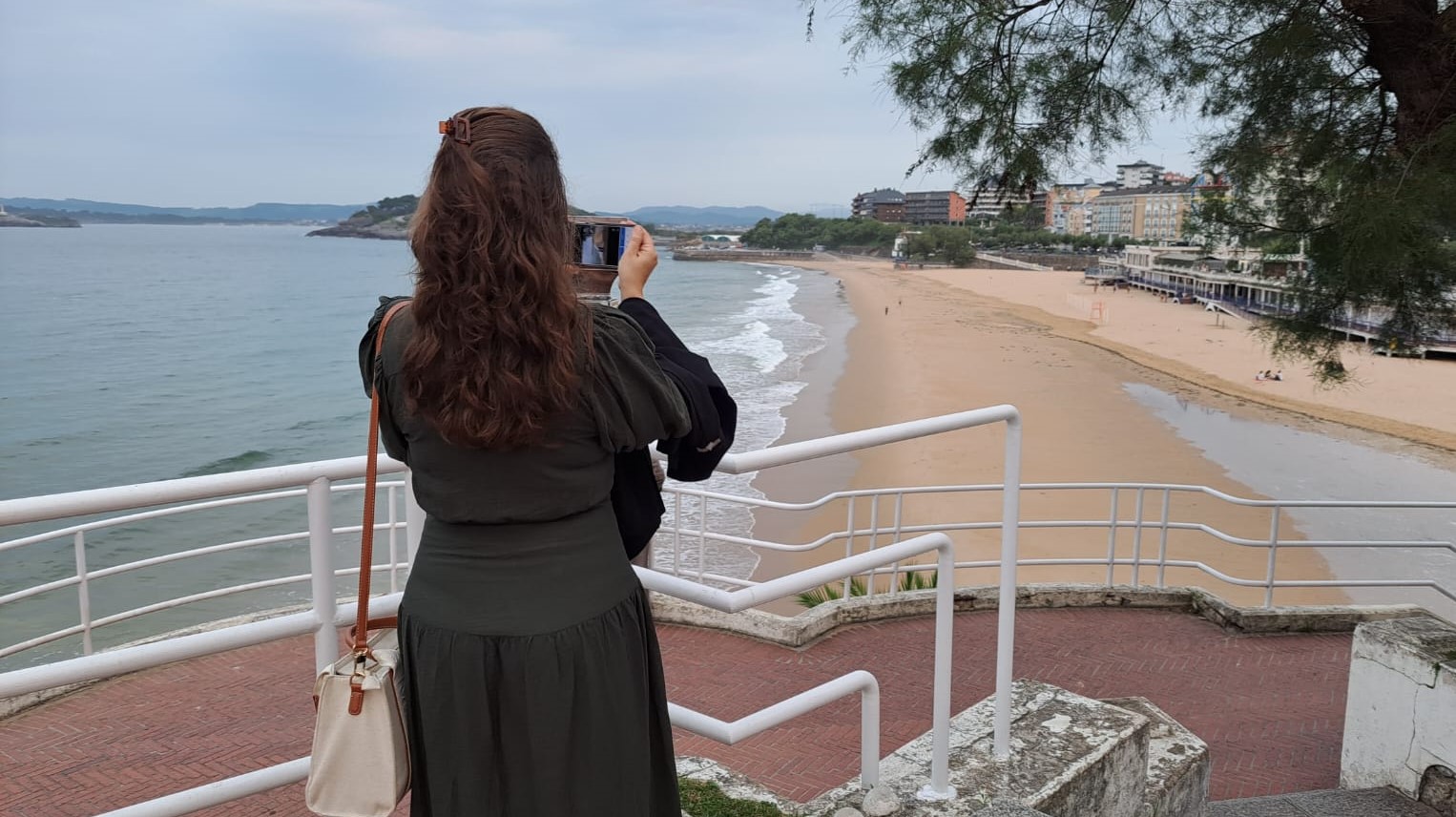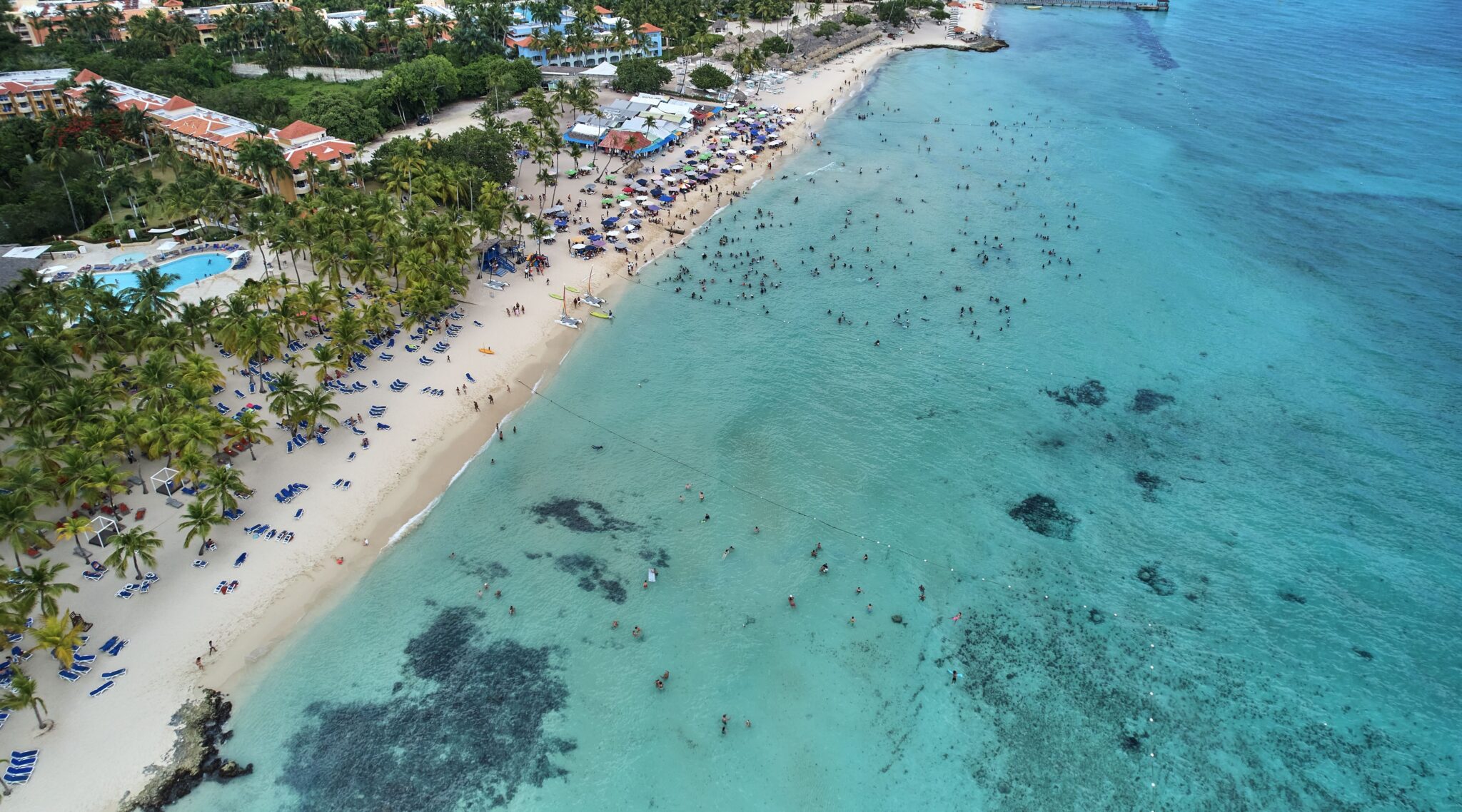IHCantabria celebrates the ‘World Beaches Day’ highlighting some projects that contribute to the protection and sustainable management of these coastal areas.

Photo from Loredo, of the dunes and Somo beach.
This ephemeris is celebrated on the third Saturday of September, to raise awareness about the conservation of marine spaces and the environment.
IHCantabria commemorates this date by informing about some of its relevant projects related to this topic.
This Saturday, July 21, World Beaches Day is commemorated to raise awareness among the population about the conservation of marine spaces and the environment.
This date was established in 1991 by The Ocean Conservancy, as part of the international coastal cleanup campaign, “International Coastal CleanUp“, which brings together thousands of volunteers in more than 150 countries.
As part of this celebration, the Institute of Environmental Hydraulics of the University of Cantabria(IHCantabria) highlights some of its projects that are focused on the protection and sustainable management of beaches, based on information provided by research staff of the Coastal Engineering and Management Group (IGC) and the Coastal Ecosystems Group of IHCantabria.
Why is it necessary to promote beach conservation?
Beaches are one of the most valuable ecosystems on the planet.
They fulfill essential functions in the regulation of natural processes, act as storm barriers, absorbing the impact of natural phenomena that could cause flooding in coastal areas.
On a social level, beaches are places of encounter, leisure and economic development, attracting millions of tourists each year.
This importance is reflected in their recognition as ecosystems subject to conservation under international protection schemes such as the Natura 2000 Network.
However, the balance of these ecosystems can be compromised by human activity and the effects of climate change, which increases the urgency of implementing measures for their protection and restoration.
These coastal environments are exposed to various natural hazards.
Erosion, a natural process exacerbated by human intervention and climate change, is reducing the surface area of beaches.
Sea level rise, coupled with more intense and frequent storms, is leading to more frequent flooding.
These problems not only affect biodiversity and local ecosystems, but also have a significant socioeconomic impact, putting infrastructure and life in coastal areas at risk.
Solutions based on nature for ensure conservation of beaches
To overcome challenges such as those described above, it is imperative to implement adaptation and restoration measures to protect beaches.
Nature-based solutions(NBS), such as the restoration of dunes, coral systems, oyster reefs or aquatic and semi-submerged vegetation, can help stabilize coasts and mitigate the impacts of climate change.
These measures not only contribute to coastal resilience, but also promote biodiversity conservation and sustainable development of the communities that depend on these ecosystems.
“In this sense, there are numerous works of IHCantabria related to the role of the conservation of dune systems in the adaptation to the effects of climate change.
In 2009 the THESEUS project project (7th EU Framework Program), focused on coastal protection against erosion and flooding, highlighted the important role of protection of dune systems in the European Atlantic coasts and subsequent studies, such as those carried out in the SANDs projectproject, financed by the Biodiversity Foundation, made it possible to analyze the evolution of these systems over the last few years and how their current state of conservation (and the main threats to their conservation) can influence this role of protection”.
This was reported by María Recio, researcher of the Coastal Ecosystems Group of IHCantabria.
Research, trainingtraining and technology transfer at national and international level
The Coastal Engineering and Management Group (IGC) of IHCantabria is leading several initiatives to study and protect beaches, which are reported below by the head of this group, Mauricio González Rodríguez, and the following research staff: Erica Pellón de Pablo, Paula Gomes Da Silva, Camilo Jaramillo Cardona.
Among its projects are CoastSnapa citizen science initiative that allows monitoring the evolution of El Sardinero Beach in Santander by means of photographs taken with cell phones.
This system, located in the Piquío Gardens, allows citizens to contribute to the monitoring of the behavior of the coastline in a simple and effective way.
CoastSnap-El Sardinero is an initiative led by the IH-SET (Shoreline Evolution Tools) and AutoCos (Coastal Machine Learning) projects, which are part of the Marine Science Program (PCM) of IHCantabria.
In addition, IHCantabria has established a fruitful collaboration with the Geoenvironmental Cartography and Remote Sensing Group of the Polytechnic University of Valencia.
Together, experts in remote sensing and coastal morphodynamics are developing new methodologies to analyze the position of the coastline through satellite images, providing key data to understand erosion patterns and beach changes.
In its commitment to innovation, the IGC Group is incorporating artificial intelligence to improve the understanding of coastal processes.
This advanced technology makes it possible to analyze large volumes of data and more accurately model coastal dynamics, facilitating decision-making in beach management.
Also, within the Shoreline AnaLysIs rEspoNse with submerged deTached structureS (SALIENTS) project, the IHCantabria team is conducting studies on the response of beaches to the presence of submerged seawalls, focusing on structures that replicate natural reefs, such as SbN, reducing visual and environmental impacts.
This project, funded by the National Plan, combines data from beaches around the world, physical and numerical modeling to evaluate how these structures influence the stabilization and protection of coasts.
The IGC Group has also taken its research beyond national borders, collaborating in feasibility studies for integrated coastal management of the Dominican Republic’s coastal beaches.
In this context, BNS is being applied to restore and stabilize beaches, helping to improve the resilience of these areas to erosion and other climatic impacts, providing support to the government in coastal management measures at the national level.
IHCantabria reaffirms its commitment to beach protection
Beaches are essential ecosystems for the environmental and social balance of coastal areas; however, these environments are under constant threat.
The pioneering work of IHCantabria’s research staff is fundamental to address these challenges ─combining science, technological innovation and international collaboration─ in order to contribute to the conservation, mitigation and adaptation of beaches to the effects of climate change, nationally and internationally.
In the context of the ‘World Beaches Day’, IHCantabria reaffirms its commitment to the protection and restoration of these environments, to continue contributing to the conservation of marine spaces and the environment.

Researcher Paula Gomes Da Silva takes photos from one of the two CoastSnap monitoring stations installed in the Piquío Gardens, in Santander, where citizens can contribute to the recording of changes in El Sardinero 1 and 2 beaches with their cell phones.

IHCantabria has collaborated in feasibility studies for integrated coastal management of the Dominican Republic’s coastal beaches, applying nature-based solutions to restore and stabilize these beaches, helping to improve their resilience to erosion and other climatic impacts.



